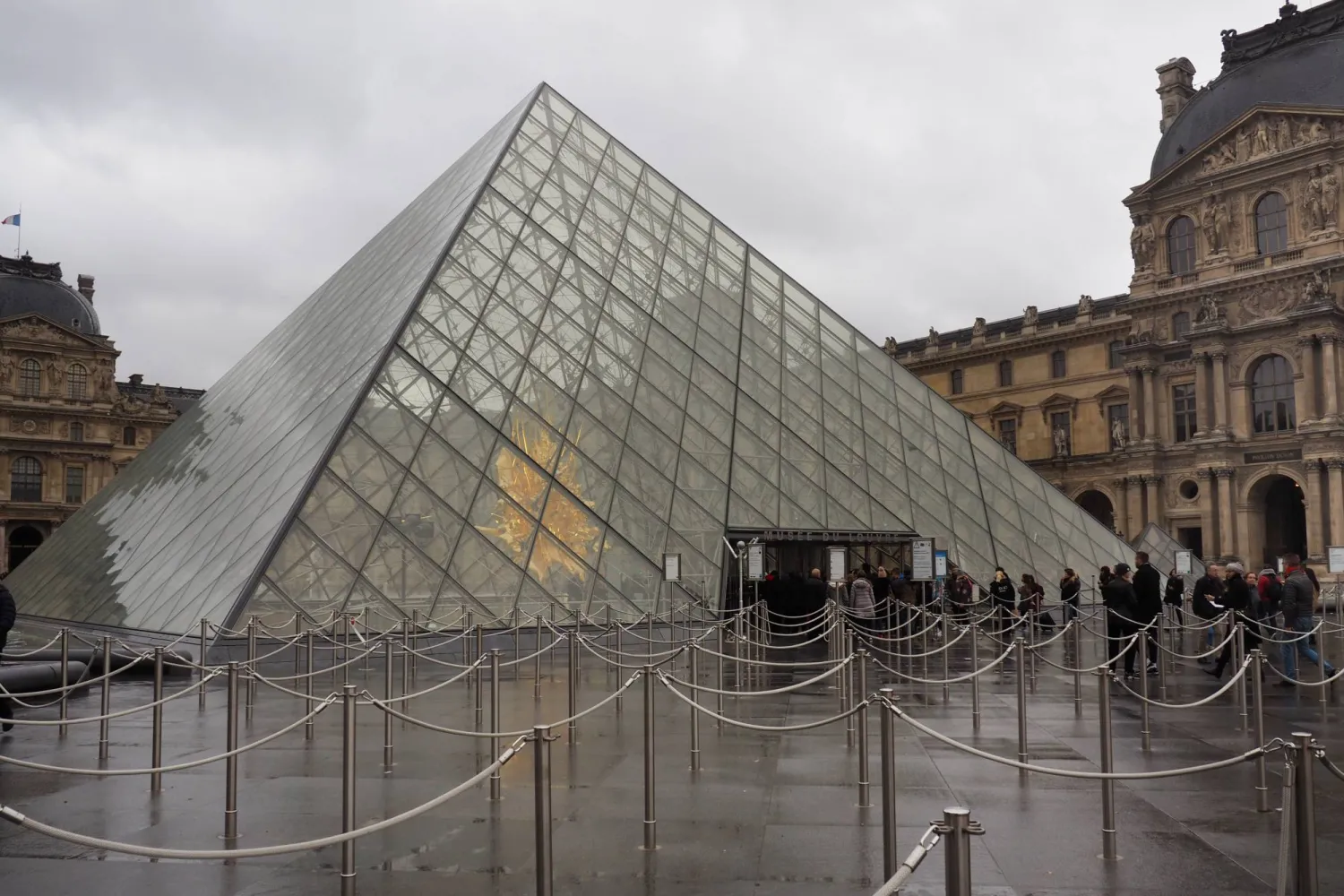The 28th issue of Marawed Magazine, released by the UAE's Sharjah Heritage Institute, features a dedicated section entitled "The World's Heritage in Sharjah," that covers the 18th edition of the Sharjah Heritage Days Festival.
Organized by the institute under the patronage of Dr. Sultan bin Muhammad Al Qasimi, member of the Supreme Council of the United Arab Emirates, and the Ruler of Sharjah, and under the supervision of Dr. Abdulaziz Al-Musallam, president of the Sharjah Heritage Institute, the festival explored the role of heritage weeks organized across the world in enhancing cultural communication, and civilized cultural dialogue in the countries hosted by the emirate during its 18th edition.
Sharjah Heritage Days is held annually in April, as part of the world's Heritage Day celebrations.
In this issue, we can also read other topics including "Things from the Past" by Ali al-Abdan; "Dibba Al-Hisn…Memory of History and Heritage" by Dr. Abdullah al-Moghni; "Sharjah Communicates with the World's Cultures" by Aisha Ghabesh; "Sharjah's Efforts to Protect Heritage in the Eyes of Arab Artists, and Intellects" by Hajjaj Salama; "Sheikh Sultan Al Qasimi's Initiatives to Preserve Arab, and Global Heritage"; "UAE Uses Heritage to Fuel the Future" by Fatima Sultan al-Mazroui; "World's Heritage in UAE … Journey with Local Character" by Fatima Sultan al-Mazroui; and "Curricula of Writing Dreams' Interpretation in Arabic Heritage" by Ali al-Abdan.
It also features other pieces including "The Art of Voracity" by Ali al-Aashr; "Encryption … Concealing the Trace" by Ali Ahmed al-Mughni; "Ayash Yahyawi … the Arab who Adored the UAE Heritage" by Muhammad Abdullah Noureldine; "Bibliomania … Disease of Intellects" by Hussein al-Rawi; "Glance on the Accent of Al Awazem Tribe in Kuwait" by Talal Saad al-Rumaydi; "The Friends' Notebook" by Asmaa al-Zarouni; and "Agriculture in Popular Emirati Literature."
Run by Dr. Abdulaziz Al-Musallam, Marawed is a magazine that focuses on the Emirati, Arab and global heritage. Its editorial board includes Assistant Editor Majid Bouchelibi, head of the libraries and information association at the Sharjah Heritage Institute, and Editorial Manager Dr. Mouni Bounama, director of Content and Publishing Department at the institute, in addition to Ali al-Abdan, A'tij al-Qubaisi, Aisha al-Shamsi, Sara Ahmed, Sara Ibrahim, and Editorial Secretary Ahmed al-Shenawi.
The magazine is issued every month by the Sharjah Heritage Institute.









